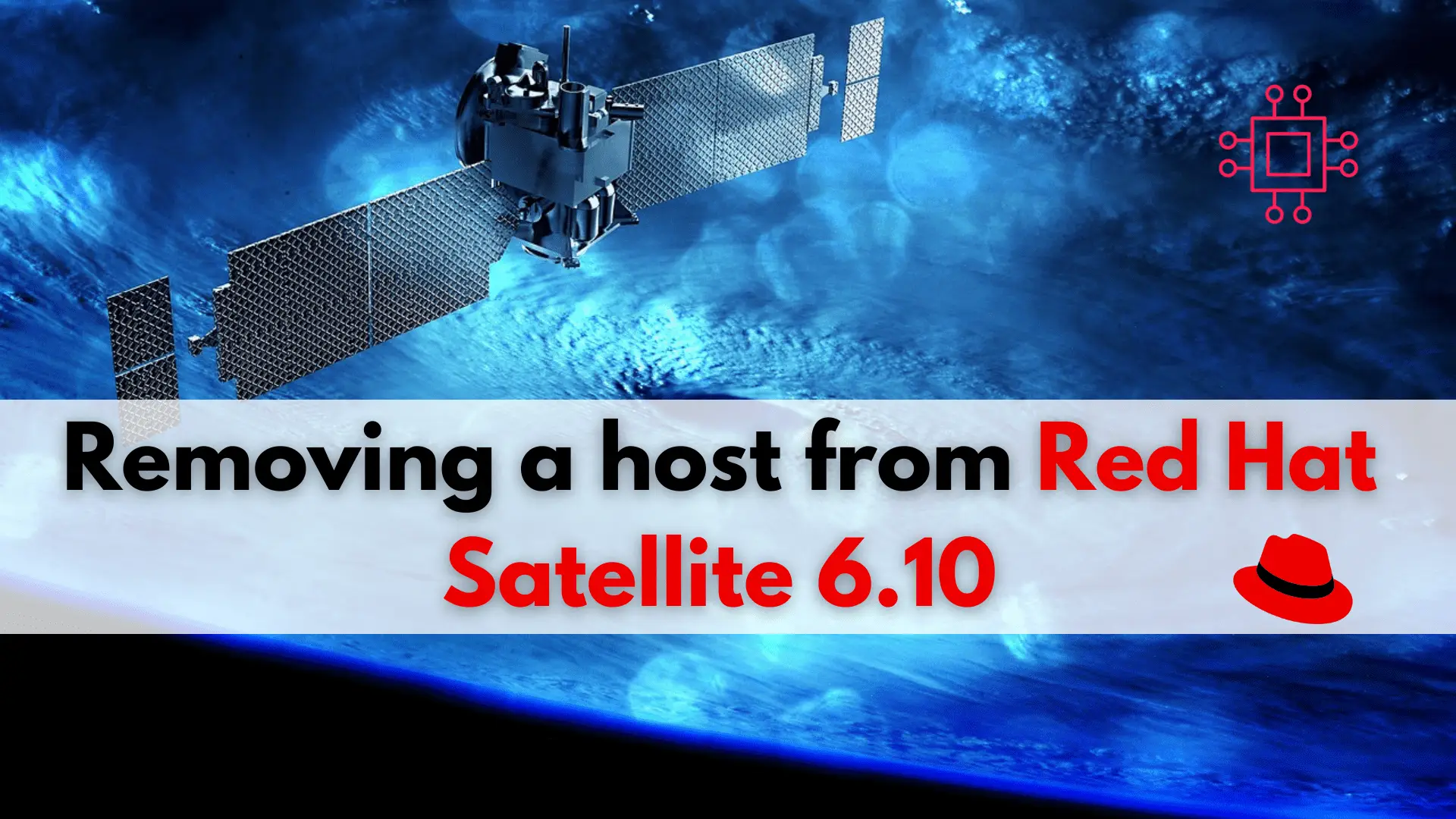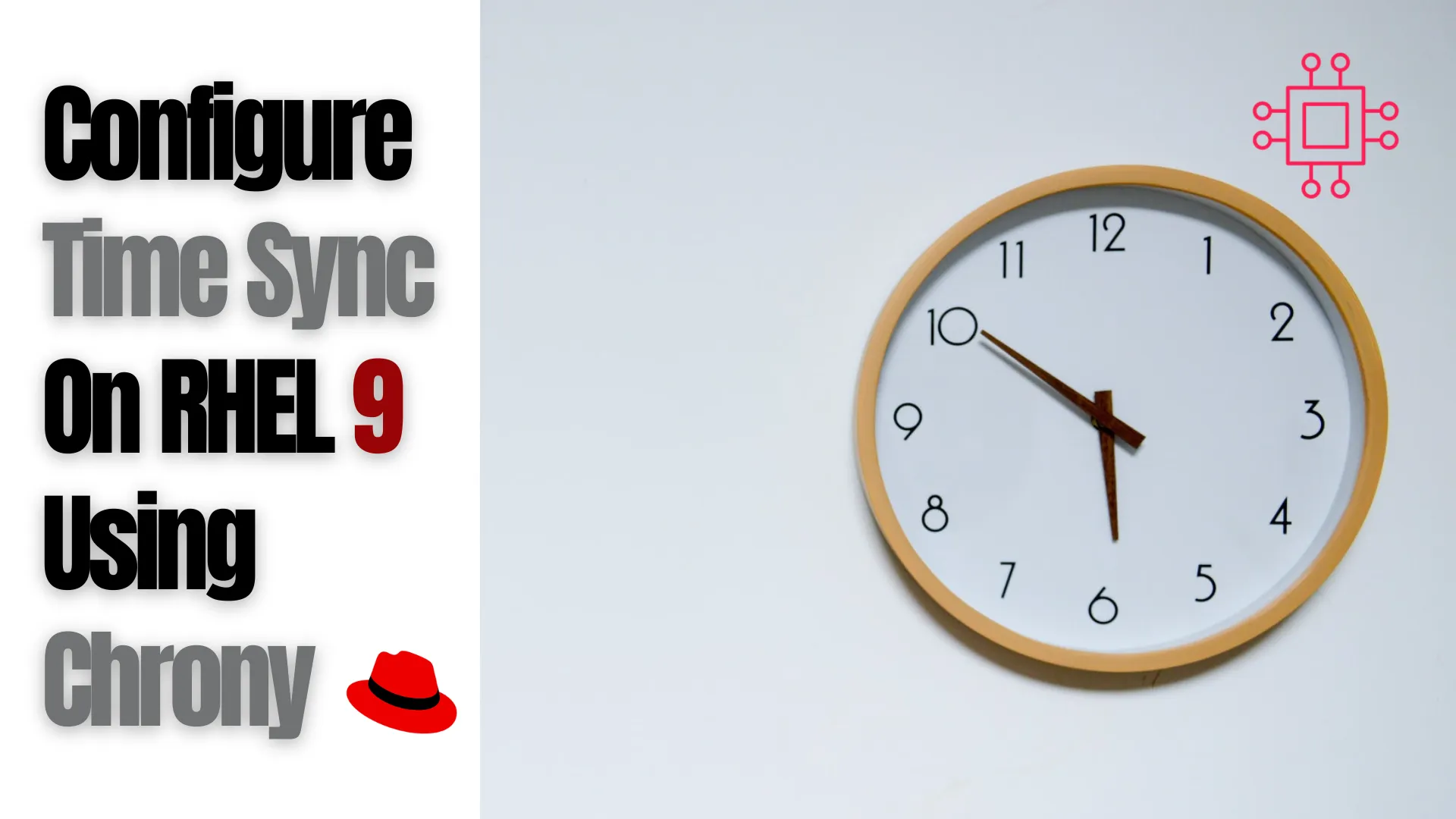
In this article, we will review in detail how to install sublime text4 on CentOS8 or RHEL8 and also provide examples. Table of Contents Brief

Learn the five most effective ways for removing a host from Red Hat Satellite, including CLI tools, web interface, and automation tools, to efficiently manage your Red Hat Enterprise Linux (RHEL) systems.
Red Hat Satellite is a powerful infrastructure management tool used by many organizations to automate patch management, configuration management, and software deployment across their Red Hat Enterprise Linux (RHEL) systems. However, there may come a time when you need to remove a host from your Satellite server. In this article, we will explore five ways to remove a host from Red Hat Satellite.
One of the easiest ways to remove a host from Red Hat Satellite is by using the web interface. Here are the steps:
The Hammer CLI is a command-line interface for Red Hat Satellite that provides a set of commands to perform various administrative tasks. To remove a host using the Hammer CLI, use the following command:
# hammer host delete --name <hostname>
Replace <hostname> with the name of the host you want to remove. For example:
# hammer host delete --name server01.example.com
You will be prompted to confirm the deletion. In some instances, the host may not delete successfully. This is likely due to the host being in “Managed” status. You can remove the host with the –managed false option and then run the delete command again:
# hammer host delete --name server01.example.com --managed false
The Satellite API is a RESTful web service that enables you to automate tasks using HTTP requests. To remove a host using the API, send a DELETE request to the following URL:
https://<satellite>/api/v2/hosts/<hostname>
Replace <satellite> with the hostname or IP address of your Satellite server and <hostname> with the name of the host you want to remove. You will need to include a valid authentication token in the request header. For example:
curl -X DELETE -H "Authorization: Bearer <token>" https://satellite.example.com/api/v2/hosts/server01.example.com
If you use Ansible to manage your RHEL systems, you can use the Satellite modules to remove a host. Here is an example playbook:
- name: Remove a host from Satellite
hosts: satellite
vars:
satellite_url: https://satellite.example.com
satellite_username: admin
satellite_password: secret
host_name: server01.example.com
tasks:
- name: Delete host
redhat_satellite_host:
satellite_url: "{{ satellite_url }}"
satellite_username: "{{ satellite_username }}"
satellite_password: "{{ satellite_password }}"
name: "{{ host_name }}"
state: absent
If you use Katello with your Satellite server, you can remove a host using the following command:
# hammer capsule content remove-host --name <hostname>
Replace <hostname> with the name of the host you want to remove. You will be prompted to confirm the deletion.
Removing a host from Red Hat Satellite can be done in various ways. Whether you prefer the web interface, command-line tools like the Hammer CLI, or automation tools like Ansible and Katello, there is a method that suits your needs. Choose the one that works best for you and follow the steps outlined in this article to successfully remove a host from your Satellite server.
Related Posts

In this article, we will review in detail how to install sublime text4 on CentOS8 or RHEL8 and also provide examples. Table of Contents Brief

In this article, we will review how to configure Chrony on RHEL9 using chrony. We will focus on the server-side setup and finish with the

Table of Contents 🔈Introduction Redhat recently introduced the System Storage Manager (SSM), a unified user interface that allows uses to manage complicated systems in a
